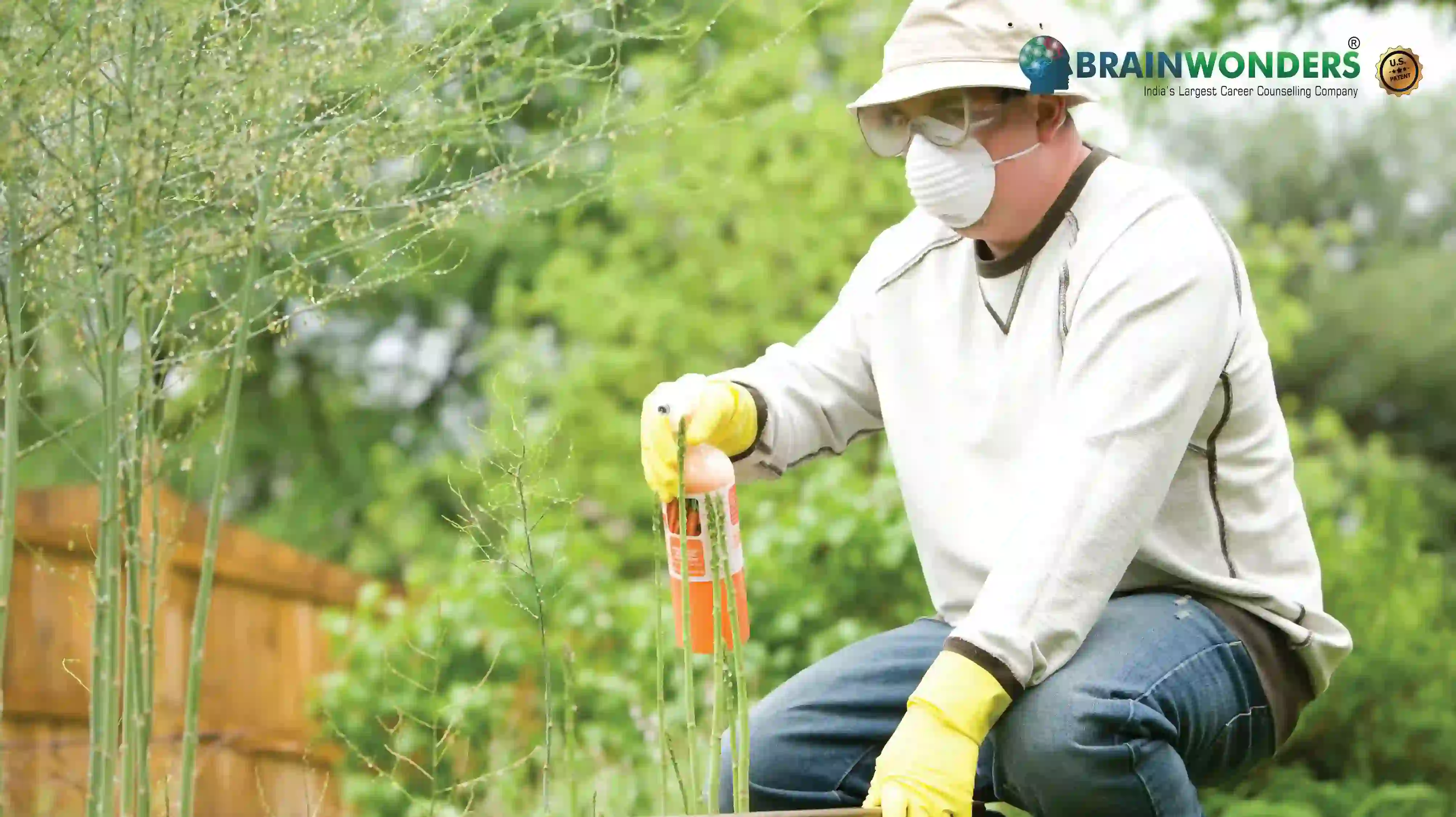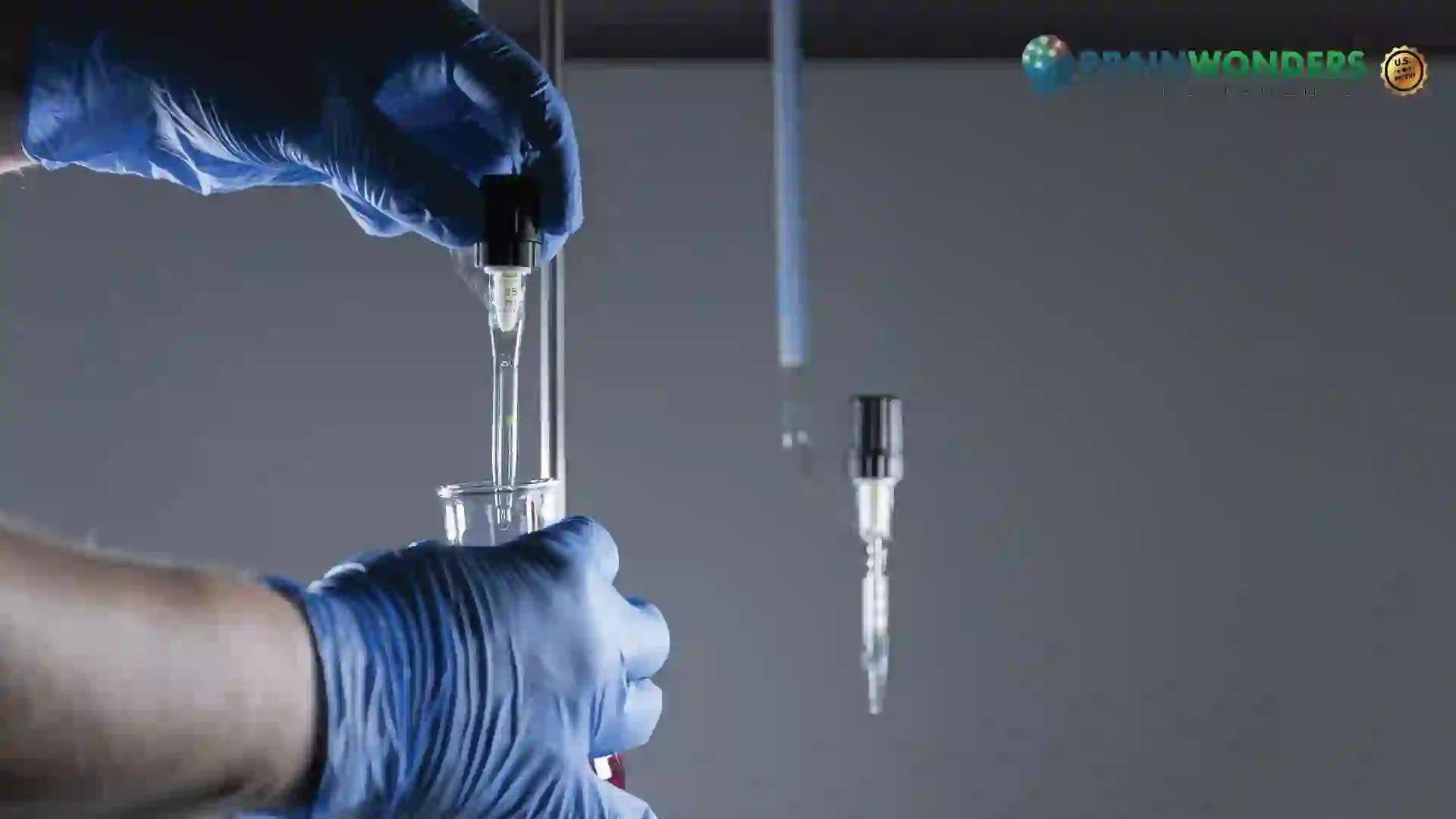How to become an Environmental Restoration Planner
Overview, Courses, Exam, Colleges, Pathways, Salary

Overview
Who is Environmental Restoration Planner ?
An environmental restoration planner performs laboratory and field studies to monitor the environment and assess ecosystem conditions in order to identify the level of pollution, climate change, natural processes, and human activity-related consequences. Environmental restoration planners assess the need for environmental repair and conservation initiatives based on their research findings in these areas. They build restoration strategies using data from ecosystems and geographic imaging systems.
Typical day at work
What does Environmental Restoration Planner do?
Planners use the study results to determine the need for environmental remediation and conservation efforts by incorporating ecosystems and geographical imaging system data, biological databases, environmental strategies, and planning software to create restoration plans.
- Develop and suggest recommendations for landowners for land management, conversation, maintenance, and restoration of environmental conditions.
- Communicate findings of environmental studies to other professionals
- Conduct site inspections to approve a habitat or to determine environmental degradation or need for restoration.
- Establish plans and budgets for the environmental restoration projects
- Establish habitat management or restoration plans
- Manage and deliver technical guidance, training, or assistance on environmental planning, restoration planning or strategies to energy engineers, biologists, geologists, or other professionals
- Apply for permits required for the implementation of environmental remediation projects
- Create diagrams to communicate environmental remediation planning, using geographic information systems, computer-aided design, or other mapping or diagramming software.
- Recognize short- and long-term effects of environmental remediation activities
- Study environmental impact to inspect the ecological effects of pollutants, disease, human activities, nature, and climate change
- Conduct feasibility and cost-benefit studies
- Assess existing designs in environmental remediation
- Inspect active remediation sites and make natural resource management plans based on state and federal environmental regulatory requirements
- Recognize environmental mitigation alternatives, safeguarding compliance with applicable standards, laws, or regulations
- Create environmental models or simulations, using geographic information system data and knowledge of particular ecosystems or ecological regions
- Notify regulatory or permitting agencies of deviations from implemented remediation plans
- Create and supervise restoration plans in construction, modification, operation, acquisition, or divestiture on sites with power transmission lines, natural gas pipelines, fuel refineries, geothermal plants, wind or solar farms
- Develop mathematical models of environmental conditions
- Identify sustainable business practices.
Abilities and Aptitude needed
What are the skills, abilities & aptitude needed to become Environmental Restoration Planner?
- One must be able to comprehend highly technical information such as raw data and scientific literature and have a firm grasp of mathematical principles.
- Research abilities are precious since environmental restoration planners are often tasked with poring through written legislation and other materials to make client suggestions.
- They must also possess the ability to communicate both orally and in written documents effectively. In addition, they must be prompt at analytical and critical thinking, problem-solving, social sensitivity, judgement and decision making skills, interpersonal skills, time and team management.
Ready to become an Environmental Restoration Planner ?
Take the world’s best assessment test !
Take a TestPathways
How to become an Environmental Restoration Planner?
Entrance Exam
Entrance Exam for Environmental Restoration Planner ?
Courses
Which course I can pursue?
Best Colleges
Which are the best colleges to attend to become an Environmental Restoration Planner?
Industries
Which Industries are open for Environmental Restoration Planner?
internship
Are there internships available for Environmental Restoration Planner?
Career outlook
What does the future look like for Environmental Restoration Planner?
Environmental restoration planners work in both offices and laboratories. Many environmental restoration planners often work in teams with scientists, geoscientists, hydrologists, engineers, and technicians to work on complex problems related to environmental degradation, public health, manage the clean up of contaminated soils and ground water.
Planners who work either for state or local government spend a lot of time inspecting businesses and public places; investigating complaints related to air and water quality and food safety; enforcing environmental regulations; issuing fines, or closing establishments that violate environmental or health regulations.
In private consulting firms, environmental restoration planners help clients monitor and manage the environment; comply with regulations; develop clean up plans for contaminated sites; suggest ways to reduce, control, or eliminate pollution; and conduct feasibility studies for new construction projects.
Fieldwork exposes you to a range of environments and weather conditions. They spend most of their time on their feet, establishing monitoring or testing equipment, which may be strenuous physically. In addition, they may be required to travel in order to meet with customers or inspect sites.







